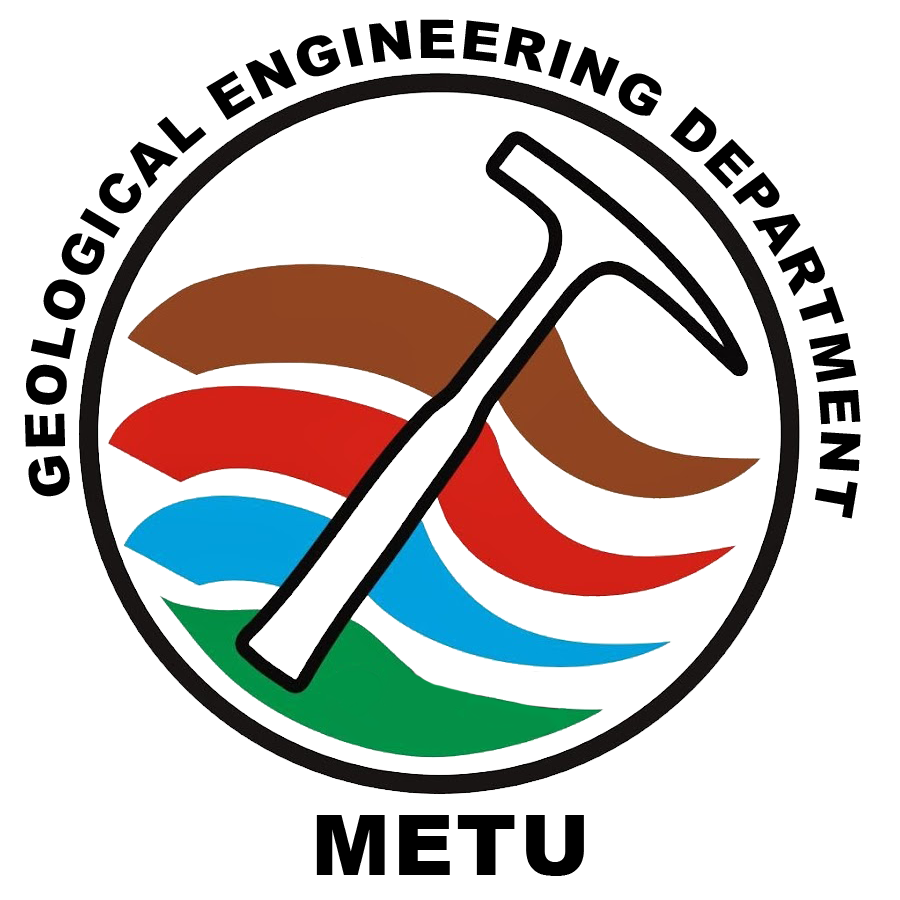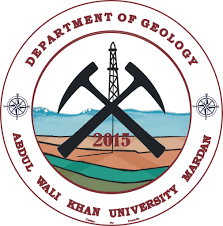 Eurasia Institute of Earth Sciences (EIES) is a research
and graduate academic institute at the Istanbul Technical University, Türkiye. EIES draws on a deep understanding of Earth, climate, and society to create solutions at a global scale, in collaboration with partners
worldwide. EIES largely focus on Geology, Geomorphology, Geohazards, Quaternary Geology, Climate change and Atmospheric and Environmental sciences.
Eurasia Institute of Earth Sciences (EIES) is a research
and graduate academic institute at the Istanbul Technical University, Türkiye. EIES draws on a deep understanding of Earth, climate, and society to create solutions at a global scale, in collaboration with partners
worldwide. EIES largely focus on Geology, Geomorphology, Geohazards, Quaternary Geology, Climate change and Atmospheric and Environmental sciences.
 The Faculty of Geo-Information Science and Earth Observation (ITC), University of Twente, was established in 1950 and is located in Enschede, Netherlands. Its main areas of expertise are geo-information science
and earth observation for: earth sciences, natural resources, urban and regional planning, water resources, and environment. ITC concentrates on earth observation, the generation of spatial information, and the development
of data integration methods.
The Faculty of Geo-Information Science and Earth Observation (ITC), University of Twente, was established in 1950 and is located in Enschede, Netherlands. Its main areas of expertise are geo-information science
and earth observation for: earth sciences, natural resources, urban and regional planning, water resources, and environment. ITC concentrates on earth observation, the generation of spatial information, and the development
of data integration methods.
 The Geological Engineering Department is academic division at the Middle East
Technical University (METU), Türkiye. METU Geological Engineering Department encompasses the professional engineering applications of geology (the science of earth materials and processes) to mineral resources research
and exploration, tectonics and structural geology, surface and underground engineering construction problems, groundwater and geothermal energy development and related problems.
The Geological Engineering Department is academic division at the Middle East
Technical University (METU), Türkiye. METU Geological Engineering Department encompasses the professional engineering applications of geology (the science of earth materials and processes) to mineral resources research
and exploration, tectonics and structural geology, surface and underground engineering construction problems, groundwater and geothermal energy development and related problems.
 MIT Lincoln Laboratory (MIT LL) Founded in 1951, MIT LL is
a Federally-funded Research and Development Center (FFRDC) operated by the Massachusetts Institute of Technology on behalf of the United States Government. Research and development activities focus on long-term technology
development as well as rapid system prototyping and demonstration, with core competencies that include (but are not limited to) sensor design and development, integrated sensing systems, signal processing for information
extraction, decision-making support, and communications.
MIT Lincoln Laboratory (MIT LL) Founded in 1951, MIT LL is
a Federally-funded Research and Development Center (FFRDC) operated by the Massachusetts Institute of Technology on behalf of the United States Government. Research and development activities focus on long-term technology
development as well as rapid system prototyping and demonstration, with core competencies that include (but are not limited to) sensor design and development, integrated sensing systems, signal processing for information
extraction, decision-making support, and communications.
 The Department of Geology, The Abdul Wali Khan University Mardan (AWKUM).
AWKUM is one of the five departments of the Faculty of Physical and Numerical Sciences. The Department of Geology has one of its Strategic Objective of tailoring its academic programs to retain strong responsiveness to
basic training in Geological Sciences, and includes the development of a technical system and the ability to recognize interdisciplinary relationships and to transfer observations from the field into models.
The Department of Geology, The Abdul Wali Khan University Mardan (AWKUM).
AWKUM is one of the five departments of the Faculty of Physical and Numerical Sciences. The Department of Geology has one of its Strategic Objective of tailoring its academic programs to retain strong responsiveness to
basic training in Geological Sciences, and includes the development of a technical system and the ability to recognize interdisciplinary relationships and to transfer observations from the field into models.